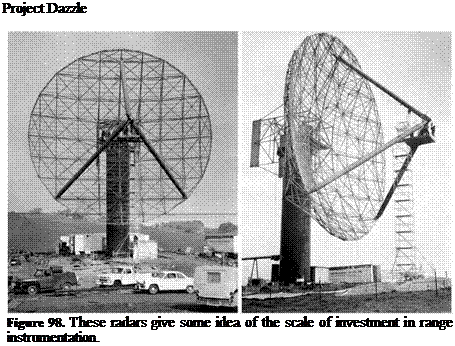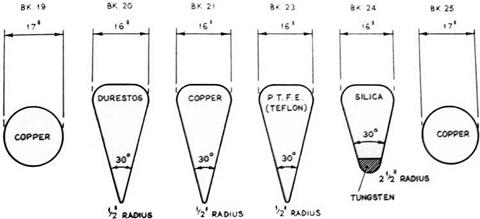BK11
Single stage. Launched 17 October 1963. Apogee 322 miles.
This was launched in support of the ELDO programme, and was designed to test the safety systems and the broadband telemetry. The interim report issued after the flight had this to say:
Two WREBUS [Weapons Research Establishment Break Up System] command destruct systems were tested with a comprehensive programme during the whole of the flight. One WREBUS system was commanded by a transmitter located at Red Lake, and the other by a temporary low-power installation at the rangehead. The test programme featured both manual and automatic command functions.
… During the whole of the flight the broadband telemetry system… functioned well and records of equipment monitoring were obtained.4
A second vehicle, BK10, was in reserve in case the tests had to be repeated. Since the flight had met all its objectives, BK10 was never fired and is now in the World Museum, Liverpool.
 |
|
|
 The final six Black Knight launches were part of Project Dazzle, and the various re-entry heads can be seen in Figure 99 above. The range instrumentation was greatly improved, as can be seen in the pictures above.5 The purpose of these flights was to study reentry phenomena more closely. Dazzle was a joint UK/US/Australian project – the UK providing the vehicles and re-entry heads, Australia supplying the range facilities, and the US supplying much of the instrumentation.
The final six Black Knight launches were part of Project Dazzle, and the various re-entry heads can be seen in Figure 99 above. The range instrumentation was greatly improved, as can be seen in the pictures above.5 The purpose of these flights was to study reentry phenomena more closely. Dazzle was a joint UK/US/Australian project – the UK providing the vehicles and re-entry heads, Australia supplying the range facilities, and the US supplying much of the instrumentation.











